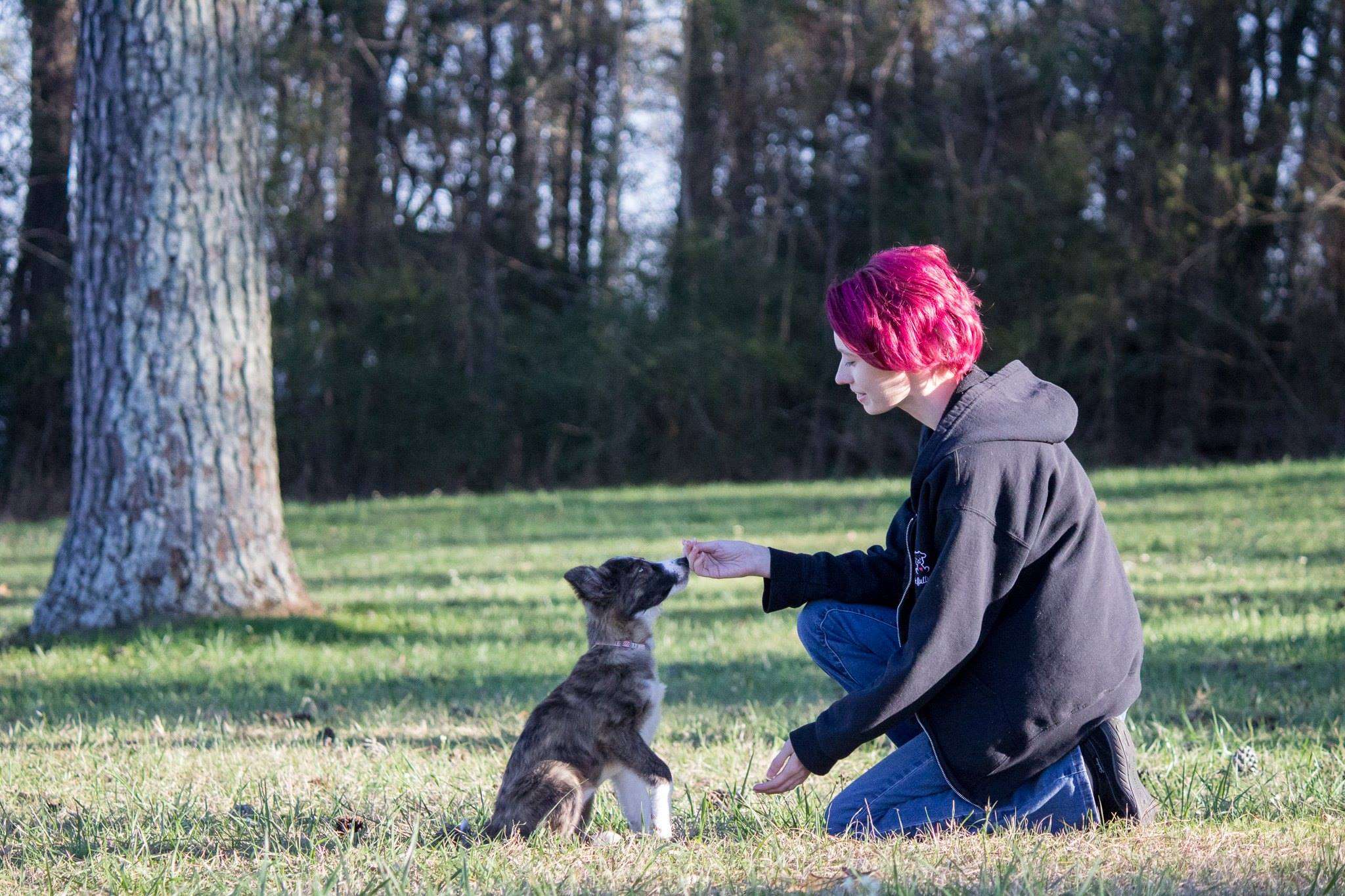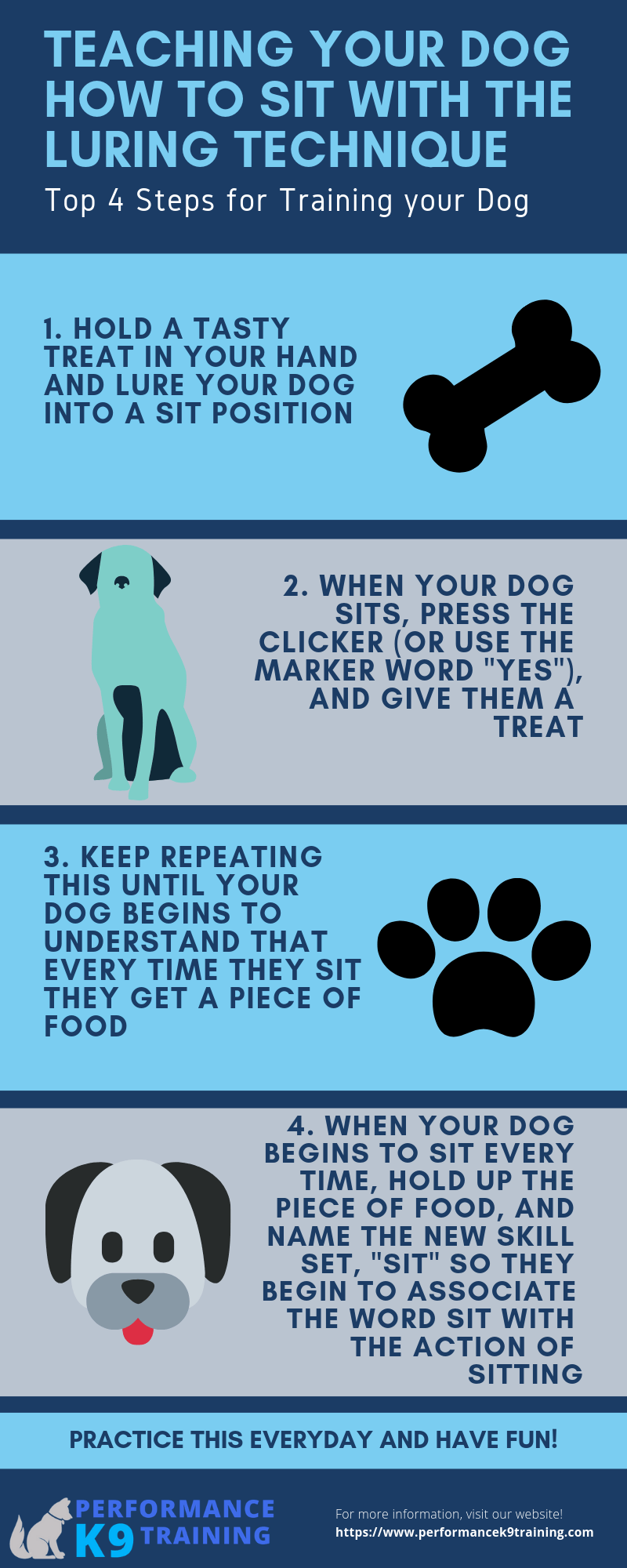Key Takeaways:
- Consistency is key: Dogs thrive on routine and repetition, so it's important to consistently use the same commands and training methods.
- Start with the basics: Begin training your dog with fundamental commands such as sit, stay, come, lie down, and leave it.
- Positive reinforcement works best: Rewarding your dog with treats, praise, or playtime when they successfully follow a command helps reinforce good behavior.
- Keep training sessions short: Dogs have short attention spans, so it's best to keep training sessions brief and frequent rather than long and infrequent.
- Patience is essential: Training takes time and patience. It's important to remain calm and consistent even if your dog doesn't immediately grasp a command.
Are you tired of your furry friend not listening to your commands? Do you wish you could communicate better with your beloved dog? Well, look no further! In this article, we will explore the top 12 basic dog training commands that will not only strengthen the bond between you and your four-legged companion but also make your life easier. Understanding these essential commands is like unlocking a secret language that allows you to effectively communicate with your dog. Whether you're a new dog owner or have had a pup for years, delving into this subject is guaranteed to transform the way you interact with your canine companion. So, let's dive in and discover the power of these simple yet powerful commands that will bring harmony and obedience into your household. Get ready to witness the remarkable transformation in your dog's behavior as we embark on this exciting journey together!
Top 12 Essential Dog Training Commands: A Guide for Beginners
Why Teaching Your Dog to "Sit" is Important for Obedience and Behavior
Teaching your dog to "sit" is one of the most fundamental commands you can teach them. It helps establish a foundation of obedience and good behavior. When your dog learns to sit on command, it becomes easier for you to control their actions in various situations.
When your dog knows how to sit, it becomes a useful tool in managing their behavior. For example, if your dog starts jumping on guests or gets too excited during playtime, you can use the "sit" command to redirect their attention and calm them down. It also comes in handy when you need your dog to wait patiently before receiving food or going outside.
The Importance of Training Your Dog to "Stay" in Different Situations
Teaching your dog to "stay" is crucial for their safety and your peace of mind. This command allows you to have control over your dog's movements and prevents them from running into dangerous situations or getting lost.
Imagine you're at the park with your dog off-leash, and there's a busy road nearby. By teaching them to "stay," you can ensure they remain in a safe area without the risk of darting onto the road. Additionally, the "stay" command is helpful when you have visitors who may be afraid of dogs or when you need your furry friend to stay put while you attend to something else.
Understanding the Command "Down" and Its Benefits for Your Dog's Behavior
The command "down" teaches your dog to lie down on cue. This command has several benefits for your dog's behavior and overall obedience. When they learn this command, it helps them become calmer and more relaxed in various situations.
When your dog is in a "down" position, they are less likely to engage in unwanted behaviors such as jumping on people or barking excessively. It also allows you to have better control over their movements during walks or when you need them to stay in one place for an extended period.
The Significance of Teaching Your Dog to "Come" When Called for Safety and Progress
Teaching your dog to come when called is essential for their safety and your peace of mind. This command ensures that your dog will return to you promptly, regardless of the situation they find themselves in.
Imagine you're at the dog park, and your dog starts chasing after a squirrel. By teaching them the "come" command, you can call them back to you and prevent any potential accidents or conflicts with other dogs. It also allows you to give your dog more freedom during walks or off-leash playtime because you know they will always come back when called.
The Purpose of the Command "Heel" and How It Helps with Walking Etiquette
The command "heel" is all about teaching your dog how to walk politely by your side without pulling on the leash. This command is especially important if you have a large or strong dog that tends to lead the way during walks.
When your dog understands the "heel" command, it becomes easier and more enjoyable for both of you to go on walks together. Instead of constantly tugging on the leash or feeling like you're being dragged along, your dog will learn to walk calmly beside you. This not only improves their behavior but also enhances the bond between you and your furry companion.
Prioritizing Commands like "Leave It" and "Drop It" for Your Dog's Safety
The commands "leave it" and "drop it" are crucial for your dog's safety, especially when it comes to objects they should not have or things that may be harmful to them.
"Leave it" teaches your dog to ignore or move away from something they're interested in, such as food on the ground or a potentially dangerous object. This command is essential in preventing your dog from ingesting harmful substances or getting into situations that could lead to injury.
"Drop it" is used when your dog already has something in their mouth that they shouldn't have. It teaches them to release the item on command, which can prevent choking hazards or damage to valuable items in your home.
Why Teaching Your Dog to "Sit" is Important for Obedience and Behavior
The Basics of Teaching Your Dog to "Sit"
Teaching your dog to sit is one of the fundamental commands that every dog owner should prioritize. This command not only helps with obedience but also plays a crucial role in shaping your dog's behavior. When you teach your dog to sit, you are establishing yourself as the leader and teaching them self-control.
To teach your dog to sit, start by holding a treat close to their nose and slowly move it upwards, causing their head to follow the treat and their bottom to lower naturally. Once they are in a sitting position, say "sit" and give them the treat as a reward. Repeat this process several times until they understand the command.
The Benefits of Teaching Your Dog to "Sit"
There are several benefits to teaching your dog to sit. Firstly, it helps with impulse control. By teaching them to wait patiently in a sitting position, you can prevent them from jumping on people or rushing out of doors. Secondly, it improves their focus and attention span. When your dog learns to sit on command, they become more attentive and responsive overall.
Additionally, teaching your dog to sit is an essential foundation for other commands such as "stay" or "heel." It sets the groundwork for more advanced training and allows you to have better control over your furry friend in various situations.
Overall, teaching your dog to sit is vital for their obedience and behavior. It establishes you as the leader while providing them with self-control and improving their focus. So grab some treats and start practicing this command with your four-legged companion today!

The Importance of Training Your Dog to "Stay" in Different Situations
Teaching Your Dog the "Stay" Command
Training your dog to "stay" is crucial for their safety and your peace of mind. This command ensures that your dog remains in one place until you give them permission to move. To teach your dog to stay, start by having them sit or lie down. Then, with an open palm facing towards them, say "stay" while taking a step back. If they stay in position, reward them with praise or a treat. Gradually increase the distance and duration of the stay as they become more comfortable.
The Benefits of Teaching Your Dog to "Stay"
The benefits of teaching your dog to stay are numerous. Firstly, it prevents accidents and keeps them safe in potentially dangerous situations. For example, if you're crossing a busy road, telling your dog to stay can prevent them from darting into traffic.
Secondly, the "stay" command helps with impulse control and discipline. It teaches your dog patience and self-restraint, which can be useful in various scenarios such as when guests arrive or during mealtimes.
Furthermore, training your dog to stay strengthens the bond between you and your furry companion. It shows that you are in control and provides a sense of security for both of you.
Remember, consistency is key when teaching the "stay" command. Practice in different environments and gradually increase distractions to ensure that your dog understands and follows this important command.

Understanding the Command "Down" and Its Benefits for Your Dog's Behavior
Teaching Your Dog to Lie Down on Command
Teaching your dog to lie down on command is an essential part of their training journey. The "down" command not only helps with obedience but also promotes calm behavior and relaxation. To teach your dog to lie down, start with them in a sitting position. Hold a treat close to their nose and slowly lower it towards the ground. As they follow the treat, their body will naturally lower into a lying position. Once they are down, say "down" and reward them with the treat.
The Benefits of Teaching Your Dog to "Down"
Teaching your dog to lie down has numerous benefits for their behavior and overall well-being. Firstly, it helps with impulse control and prevents jumping or excessive excitement when greeting people or other animals. By teaching them to lie down, you can redirect their energy into a calm and controlled state.
Secondly, the "down" command is useful in situations where you need your dog to be still and quiet, such as during vet visits or when guests come over. It promotes relaxation and reduces anxiety.
Furthermore, teaching your dog to lie down strengthens your bond and communication with them. It establishes trust and reinforces your role as the leader.
So remember, take some time each day to practice the "down" command with your furry friend. With patience and consistency, they will learn this valuable skill that contributes to their overall good behavior.

The Significance of Teaching Your Dog to "Come" When Called for Safety and Progress
Teaching your dog to come when called is not only essential for their safety but also crucial for their overall progress in training. The command "come" or "here" is one of the most important commands you can teach your furry friend. It allows you to have control over their movements and ensures that they stay out of harm's way.
When your dog learns to come when called, it gives you peace of mind, especially in situations where they may be at risk, such as near a busy road or encountering other animals. By mastering this command, you can prevent accidents and keep your dog safe from potential dangers.
The Importance of Consistency
To effectively teach your dog to come when called, consistency is key. Using the same word or phrase consistently will help them associate it with the action they need to take. Additionally, rewarding them with praise or treats when they respond correctly reinforces the behavior and encourages them to continue obeying the command.
Tips for Training
- Start training in a quiet and familiar environment without distractions.
- Use a happy tone of voice and positive reinforcement techniques like treats or toys.
- Gradually increase the level of distractions as your dog becomes more proficient.
- Avoid using the command if you cannot enforce it, as this may lead to disobedience.
The Purpose of the Command "Heel" and How It Helps with Walking Etiquette
The command "heel" plays a vital role in teaching your dog proper walking etiquette. When a dog heels, it means they walk closely by your side without pulling on the leash. This command is especially useful when you are in public places or walking on busy streets.
By teaching your dog to heel, you establish yourself as the leader and gain better control over their behavior during walks. It promotes good manners and prevents them from lunging at other dogs, people, or distractions that may be encountered along the way.
The Correct Position
When training your dog to heel, it's important to teach them the correct position. They should walk on your left side with their shoulder aligned with your leg. This position allows for better communication and ensures that they are not obstructing your movement.
Tips for Training
- Start training in a quiet area with minimal distractions.
- Use treats or rewards to encourage your dog to stay by your side.
- Keep the leash short but not tight, allowing enough room for natural movement.
- Practice regularly and gradually increase the level of difficulty by introducing more distractions.
Prioritizing Commands like "Leave It" and "Drop It" for Your Dog's Safety
The commands "leave it" and "drop it" are crucial for ensuring your dog's safety. Dogs have a natural curiosity and may be tempted to pick up or investigate items that could be harmful, such as toxic substances or sharp objects. Teaching them these commands can prevent accidents and potential health risks.
"Leave it" is used when you want your dog to ignore or move away from something they show interest in. "Drop it" is used when you want them to release an item from their mouth. Both commands require consistent training and reinforcement to ensure reliability in real-life situations.
Training Techniques
When teaching "leave it," start by showing your dog a treat in your closed hand. Say the command firmly and wait for them to lose interest in trying to get the treat. Once they divert their attention, reward them with a different treat or praise. Repeat this exercise with various objects and gradually increase the difficulty level.
To train "drop it," offer your dog a toy or object that they enjoy holding. As they grab it, say the command "drop it" and offer them a high-value treat as a trade. When they release the item, reward them and repeat the exercise with different objects.
Tips for Success
- Be patient and consistent during training sessions.
- Use high-value treats or rewards to motivate your dog.
- Avoid forcefully taking items from your dog's mouth, as this may lead to resource guarding behavior.
- Practice in different environments to generalize the commands.
In conclusion, learning basic dog training commands is essential for both the dog and its owner. These commands help establish a strong bond, ensure safety, and create a well-behaved and happy pet.
What are the 7 core dog commands?
According to Dog Trainer Brandon McMillan, it is essential for every dog to learn basic commands such as sit, stay, down, come, off, heel, and no. Establishing these fundamental training principles from the beginning is highly recommended.
What is the most important command to teach a dog?
Teaching your dog the command 'Come' is essential and the first step in being able to call them back when outside. To begin training at home, call your dog to you using the word 'Come'.
What are the top 5 basic dog commands?
In addition to knowing their name, it is important to teach your dog the 5 essential commands: "come", "lay down", "sit", "stay", and "leave it." These basic commands may not seem like much, but they establish a strong foundation for your puppy as they grow into adulthood.
What is the order of dog training commands?
Ray suggests that every dog should be trained in the following order: heel, sit, stay, and come. To begin training, position the dog at knee level on your left side with the leash in your hand. As you give the command "Heel" using the dog's name, start walking with your left foot first.
What is the easiest command to teach a dog?
Teaching your dog to sit is a simple command compared to teaching them to stay down.
What are the three keys to dog training?
In my opinion, consistency, patience, and enjoyment are the three key words to keep in mind when training a dog.

















